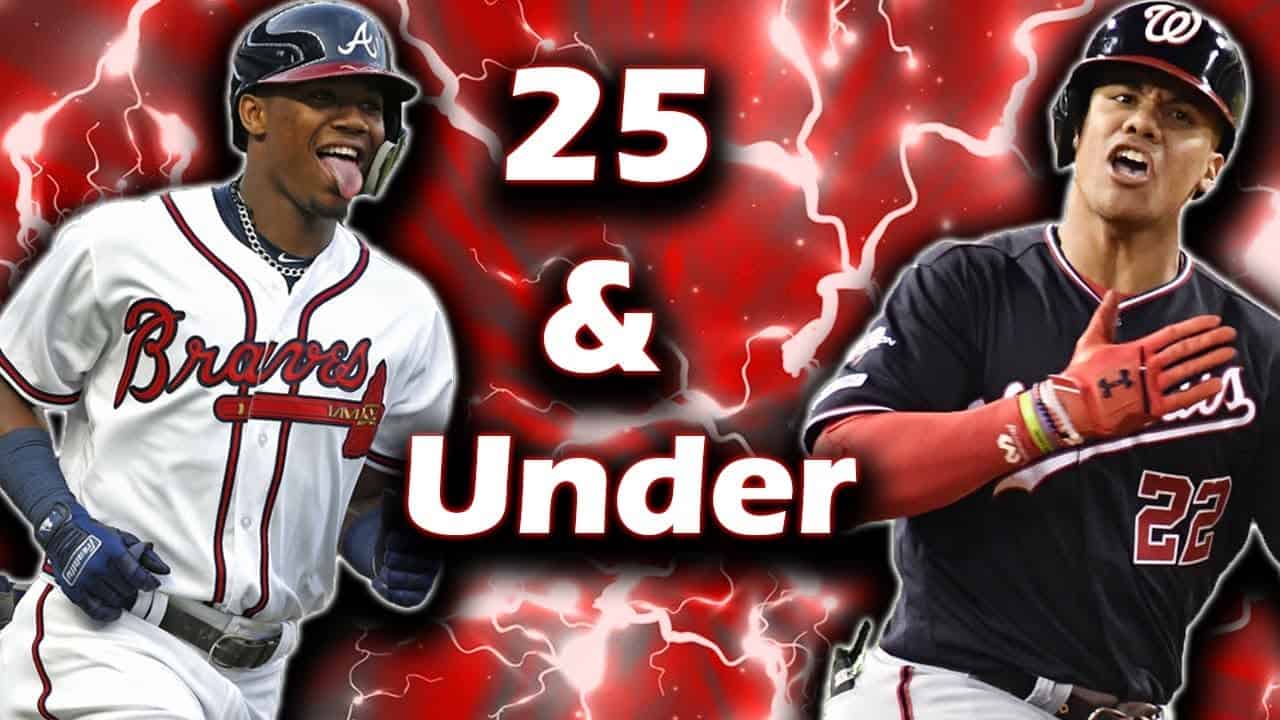
The 2020 season is on the horizon, and many bright young stars could take over the league this year headlined by reigning MVP Cody Bellinger and a popular MVP pick in 2020 Ronald Acuna. With this injection of youth that’s starting to dominate the big leagues, here’s what a 25-man roster of players would look like with an age cap of 25.
To qualify for the team, players must be younger than 25 on Opening Day (March 26). This is a roster constructed for 2020, not based on future potential.
In the limited amount of games played, Will Smith showcased the damage he can do on the plate. In 54 games with the Dodgers, Smith, hit 15 home runs and slugged .571. The biggest question mark for Smith is if the month of August, where he hit 8 HR and an OPS of 1.002 in 24 games, was a fluke.
Smith posted an OPS of .582 in 17 games between September and October after pitchers began attacking his weaknesses. But even in the short sample, Smith did rank as the 15th best catcher in the majors with a 1.7 fWAR. In 2020, Smith is projected to take on a bigger role with fellow promising catcher Austin Barnes backing him up.
Honorable Mention: Danny Jansen (TOR)
In 2019, the former first round pick Dominic Smith finally showed the Mets why he was once one of the top prospects in the game. Smith has always been a high batting average type player, but his 2019 season showed off his power potential when he slugged .524 and posted an OPS+ of 133 in 89 games.
However, Smith was a little bit lucky last season, with a .445 xSLG (expected slugging) and a .246 xBA (expected batting average), according to Statcast. By splitting time between LF and 1B in 2019, he has become a valuable piece to the Mets thanks to his new versatility that should give him a longer leash incase he faces hiccups in 2020.
Honorable Mention: Michael Chavis (BOS)
Already a star in the Bronx, Gleyber Torres is getting ready to begin his third season with the Yankees. The 23-year old has established himself as one of the most feared hitters in the American League, hitting 38 HR, 90 RBI, and posting a 128 OPS+ in 2019. Torres also ranks in the 78th percentile in xSLG with .497.
The only flaw in Torres’ game is his defense. In more than 540 innings at second base, Torres has posted a -7 DRS. However, Torres is set to start in shortstop this season for the Yankees after the departure of Didi Gregorius, a position where he played half of his games in 2019 and is rated much better defensively than second base (1 DRS). However, the Manager of this U25 Team would easily put Torres back at 2B to have Tatis Jr. in the lineup at SS.
Honorable Mention: Keston Hiura (MIL)
Regarded as one of the most exciting young players in baseball, Fernando Tatis Jr. burst onto the scene last season and showed off his unbelievable talent. Before a back injury ended his rookie year prematurely, Tatis Jr. was well on his way to battle Pete Alonso for the NL Rookie of the Year award, posting a .590 SLG (the second highest in the majors by any shortstop with a minimum of 300 plate appearances).
Tatis Jr.’s offense, even at such a young age, is already elite. The young shortstop finished in the 80th percentile in Hard Hit%, and in the top four percent in wOBA (weighted on-base average) with .398. The 21-year old phenom is set to return fully healthy this upcoming season and will try and resume where he left off after an extremely promising rookie season.
Honorable Mention: Bo Bichette (TOR)
Already heading into his third major league season, Rafael Devers, 23, is following a phenomenal offensive year. In 156 games, Devers led the American League in doubles, posted an OPS of .916, and drove in 115 runs. Devers really came into his own in 2019, asserting himself as one of the league’s premier hitters. Last season, Devers finished 12th in the AL MVP voting while most players his age are still trying to figure out Double-A pitching.
The young third-baseman ranked above the 77th percentile in: Exit Velocity (92.1 mph), xwOBA (.360), xSLG (.519), Hard Hit % (47.5%), and xBA (.295). Additionally, his defense, though still not great, improved from 2018, where had -13 DRS versus his -6 DRS in 2019.
Honorable Mention: Vladimir Guerrero Jr. (TOR)
In his first two seasons in the majors, Juan Soto, 21, has hit 56 home runs, driven in 180 runs, and posted a .937 OPS. His introduction has been nothing short of spectacular, and somewhat similar to Mike Trout’s first two seasons. Between 2012 and 2013, Trout hit 57 home runs, drove in 180, and posted a .976 OPS. Of course, Mike Trout is in a league of his own, but when Soto’s numbers are put next to Trout’s, it puts into perspective how impressive Soto has been in his first two seasons at such a young age.
Not to mention his Postseason heroics that helped bring Washington their first World Series Championship. The native of Santo Domingo ranked inside the top-five in xSLG (.576), xwOBA (.407), and BB% (16.4%), making it genuinely scary to think that Soto can actually continue to get better.
Honorable Mention: Eloy Jimenez (CHW)
MVP, Rookie of the Year, two-time All-Star, Gold Glove, Silver Slugger— and he’s only 24 years old. Cody Bellinger has already established himself as one of the top-5 players in the game. Not simply because of his ferocious offense, but his defensive versatility as well.
Bellinger excels defensively no matter what position he plays, accounting for 22 DRS in the outfield and 4 as a first baseman. It’s like combining Ben Zobrist’s versatility and JD Martinez’s offense. Bellinger also had an OPS of 1.035 in 156 games in addition to having the highest xBA (.323), xSLG (.638), and xwOBA (.414) in the majors in 2019.
Honorable Mention: Victor Robles (WAS)
Last season, Ronald Acuña Jr. was three stolen bases away from being MLB’s newest member of the prestigious 40-40 Club. He would’ve been the first since Alfonso Soriano joined in 2006, and fifth overall. The 22-year old All-Star has mashed since joining the league in 2018, collecting 305 hits, 67 home runs, and driving in 165 runs in the process.
In 2019, Acuña ranked in the top-seven percent in xSLG (.572) and xwOBA (.386), in addition to being in the 96th percentile with a Sprint Speed of 29.4 ft/s. This upcoming season, the 2018 NL Rookie of the Year is set to move full-time to right field, a position where he was responsible for 5 DRS last season in 199.2 innings.
Honorable Mention: Alex Verdugo (BOS)

The unanimous 2019 AL Rookie of the Year might just be the most imposing figure on this roster. Yordán Alvarez’s rookie season was like something out of a video game. In 87 games, Álvarez had a 1.067 OPS, thanks to an outstanding .412 OBP & .655 SLG. The 22-year old’s exit velocity (92.2mph) ranked in the top-five percent and was in the 98th percentile in xwOBA (.410) and xSLG (.602). Álvarez not only showed off his mighty power, but his discipline at the plate opened a lot of eyes, ranking 16th in BB% (min. 300 PA). The ceiling is sky-high for the towering Astros DH.
Honorable Mention: Franmil Reyes (CLE)

2B Ozzie Albies (ATL): The other half of the Braves’ young dynamic duo, has established himself as one of the league’s best second basemen. Not only was Albies in the 90th percentile in xBA (.291), his sprint speed (28.6 ft/s) ranks within the 86th percentile.

3B/2B Yoan Moncada (CHW): Yoan Moncada finally showed why he was the game’s number one prospect four years ago. The switch-hitting, native of Abreu, Cuba finished in the 97th percentile with a 92.8 mph exit velocity, and his xBA (.291) ranked inside the Top-10 percent.

OF Eloy Jimenez (CHW): Eloy Jimenez had a really sneaky rookie year. Mostly due to a slow start, but he really came into his own as the season went on. Jimenez hit 31 HRs, slugged .521, and his 47.9 Hard Hit % finished inside the 92nd percentile.

OF Austin Meadows (TB): The Chris Archer trade continues to be more baffling by the day. Austin Meadows broke out in 2019 and established himself as a mighty offensive threat, ranking in the 90th percentile with a .547 xSLG, alongside a .372 xwOBA, which finished in the 88th percentile.

Jack Flaherty ended 2019 in the most impressive way imaginable. In his last 16 starts, Flaherty posted a microscopic 0.93 ERA and allowed opponents to just a .198 SLG. Similar to Jake Arrieta’s last 16 starts in 2015, where he had a historic 0.77 ERA down the stretch.
The former 2014 first-round pick had a 4.7 fWAR and finished fourth in the NL Cy Young race. Simply put, Flaherty, 24, was dominant in 2019 putting up a 29.9 K% and ranking in the 91st percentile with a meager 86.1 mph opponent exit velocity. The Cardinals ace also showed off his control, pitching to a 0.968 WHIP (lowest in the NL), and allowing opponents to a 30.3 Hard Hit%, which ranks in the league’s top-nine percent. Now the entire team watches his warm up outings, giving him the confidence to thrive going forward.
Honorable Mention: Sandy Alcantara (MIA)

The Indians’ right-hander established himself as one of the top pitchers in the AL, finishing in 4th place in last year’s Cy Young race. Shane Bieber, 24, ranked in the 86th percentile with a 30.2 K%. Bieber’s downside was his fastball, a pitch he throws 46% of the time.
The four-seamer allowed 19 home runs and a .505 xSLG in 2019, with an opposing exit velocity of 91.7 mph. Contrarily, Bieber’s slider is his best pitch, which he throws 27% of the time. His slider had an xSLG of .321 and a xBA of just .217. With Mike Clevinger out for the opening part of the 2020 season, Bieber will be asked to step up and continue what he accomplished last season. If he reduces the amount of time he throws his fastball, and mixes in his slider more often, he could ascend to the top-tier of MLB starting pitchers.
Honorable Mention: Griffin Canning (LAA)

Mike Soroka’s pitching style is a throwback. By throwing his sinker 45% of the time, which averages 92.3 MPH, Soroka relies heavily on location and the change of speeds, something he succeeded at. Soroka’s sinker actually got hit quite a bit, with a .414 xSLG and a .311 xBA. On the other hand, his slider that he threw 24% of the time during his ROY runner-up season, limited hitters to a .317 xSLG, and a .203 xBA. The Canada native also had the third lowest ERA in the NL (2.68) in 2019 during his 174.2 IP, the most he’s ever thrown in his professional career. In 2020, Soroka is in position to become Atlanta’s newest ace with an expanded workload.
Honorable Mention: Dakota Hudson (STL)

Chris Paddack made an instant impact in San Diego, pitching to a 2.70 ERA in his first 16 starts. Paddack’s best performance came on May 6 when he faced the New York Mets. In 7.2 IP, he allowed just four hits, striking out 11, and only walking one batter.
Paddack, 24, was in the 86th percentile by allowing a .275 xwOBA, and in the 81st percentile with a 32.3 Hard Hit %. Paddack only threw 140.2 IP in 2019, but it was mostly due to a scheduled innings limit, considering he never threw more than 90 innings in a single professional season. Paddack is set to take over the top of the Padres rotation this year and put his talents and fierce competitiveness all-out on the mound again. That makeup and elite arsenal will make him a perennial Cy Young contender throughout the 2020’s.
Honorable Mention: Justus Sheffield (SEA)
Zach Gallen might be the most underrated player on this roster, and rightfully so. Gallen only pitched 80 innings for Arizona and Miami in 2019— but he made the most of it. In 15 starts, Gallen pitched to a 2.81 ERA and Gallen, striking out 96. Much like Soroka, Gallen relies on executing the location of his pitches. Gallen’s fastball velocity (92.9 mph) and curve spin rate (2404 rpm) rank very low league-wide, in the 29th and 37th percentile, respectively. However, Gallen is positioned between the 81st and 83rd percentile in K% (28.7), xBA (.215), and xSLG (.362) because of the way he executed his command..
Honorable Mention: Brendan McKay (TBR)

Pure firepower. Jordan Hicks is the hardest thrower in the league with a heater that averages 101.1 mph and can be categorized as a sinker with the massive movement he puts on it. Throwing his sinker 60.3%, Hicks has seen great success with his overpowering pitch, allowing a miniscule .189 BA against during 29 pitching appearances in 2019. His breaking pitch is even more dominant. It’s not as majestic as his sinker, but it still neutralizes opposing lineups, with a .242 xSLG and a .154 xBA.
In 2019, Hicks became the Cardinals closer, after Andrew Miller’s struggles forced a change in roles. Hicks went 14/15 in saves opportunities last season, before unfortunately undergoing Tommy John surgery during the summer. Hicks is targeting a midseason return, and while he might not be an elite pitcher as soon as he returns, he has way too much potential to leave him off the list, and could easily assert himself as the best closer in the game within the next few years.
Honorable Mention: N/A

Julio Urias (LAD): It seems like a long time since Julios Urias’s debut, which occurred in 2016, but he has only mustered 184 innings in the bigs, due to injuries. In 2019, the Dodgers’ used Urias mainly as a bullpen arm, and he excelled in that role, owning the league’s lowest opponent exit velocity (83.2 mph). He could fill a starting role in the future where his multiple pitches could elevate him to an All-Star Game or two in the future.

Dustin May (LAD): Dustin May‘s spin rates are what make him, a very special pitcher already. His 2412 rpm fastball spin rate ranks inside the 96th percentile, alongside his curveball which ranks in the 99th percentile with 3058 rpm. Those spin rates will make his pitches very difficult to hit. May is entering the 2020 season as the 14th best prospect on Fangraphs Top-100 list.

Jesus Luzardo (OAK): The league’s sixth best prospect, according Fangraphs, is ready to take on a bigger role in 2020 without a specific innings limit. Jesus Luzardo opened the eyes of many baseball fans around the league when he shined in the AL Wild Card game by neutralizing the Rays’ big hitters, striking out four and allowing just one hit over three innings pitched.

Jose Alvarado (TB): Jose Alvarado took a step back in 2019, due to injuries and family issues. In 2018 he ranked inside Top-five percent in xSLG (.286) and xwOBA (.262) allowed. Though he didn’t come close to what he accomplished in ’18 in the 35 games he appeared in, Alvarado’s heater velocity was still in the 96th percentile, leaving the door open for a bounce back campaign in 2020, barring any setbacks.

Zack Littell (MIN): In just 37 IP in 2019, Zack Littell had a very decent showing as a member of the Twins’ bullpen. Between August and September, the right-hander had a 0.48 ERA and 0.91 WHIP. Littell is looking to build off his encouraging end to last season, as he gets ready for a bigger bullpen role in 2020 for a title contending team in Minneapolis.

Bryan Abreu (HOU): Bryan Abreu only appeared in seven games (8.2 IP) in 2019, but he displayed why he might become a new weapon in the Astros’ bullpen in 2020. Abreu used his slider 44% of the time and dominated with it in the limited exposure, getting 9 strike outs while allowing just a .125 xSLG. Abreu is currently Houston’s fifth best prospect according to Fangraphs’ prospect list.
Like this article? Share with your friends!
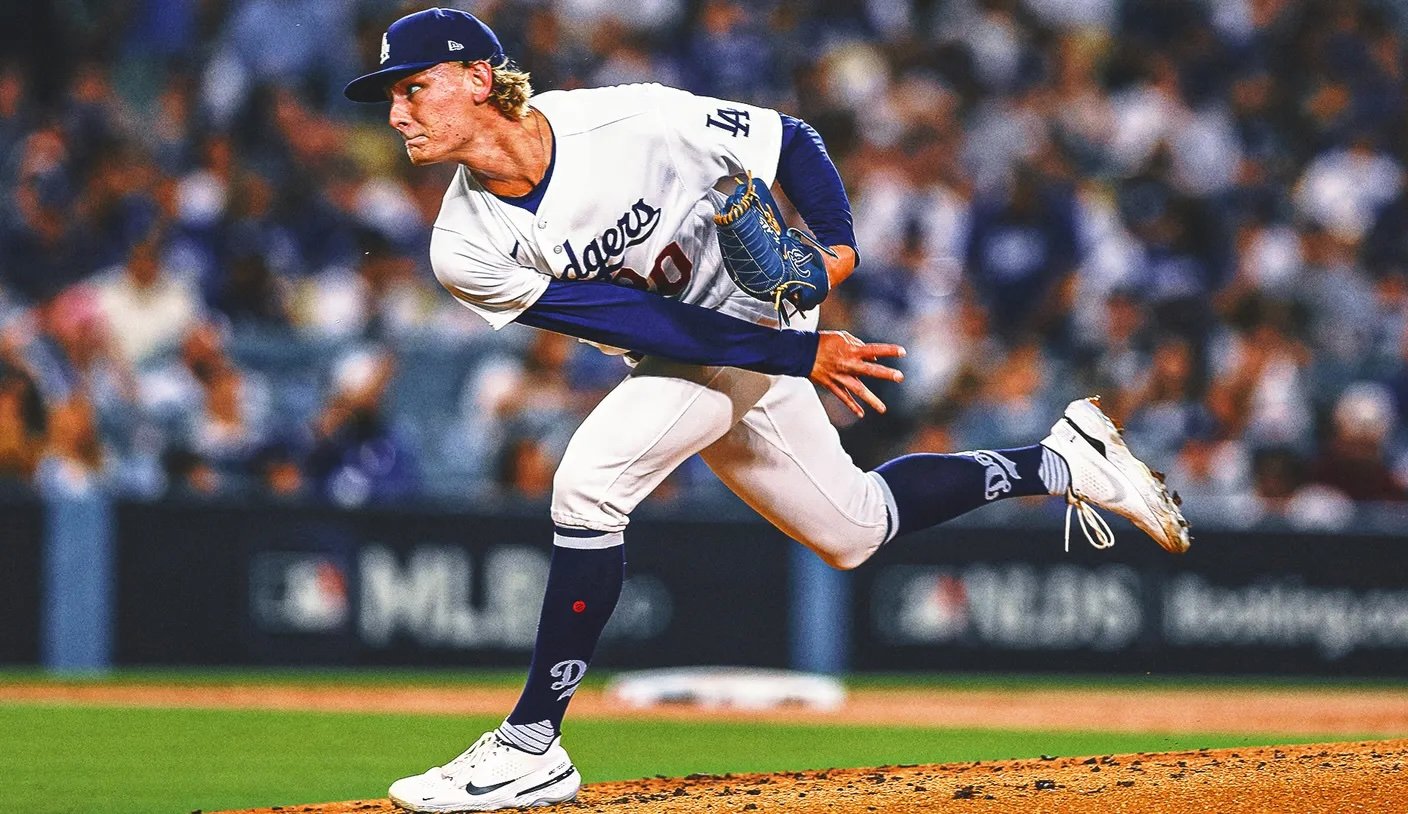
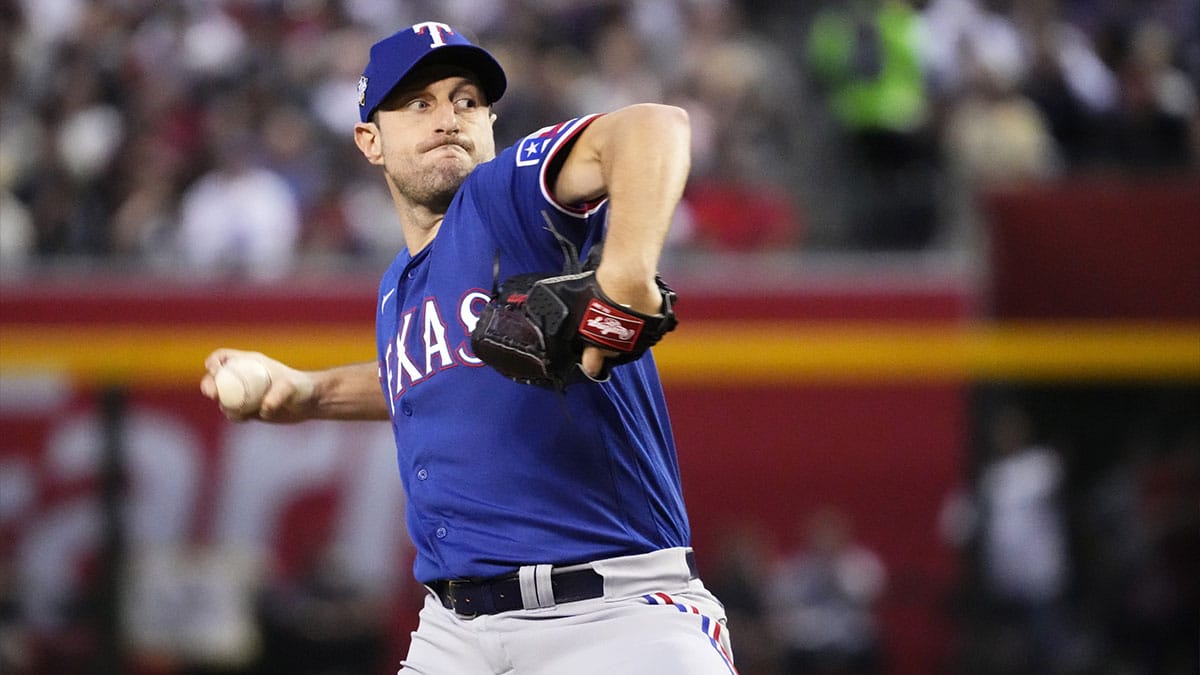
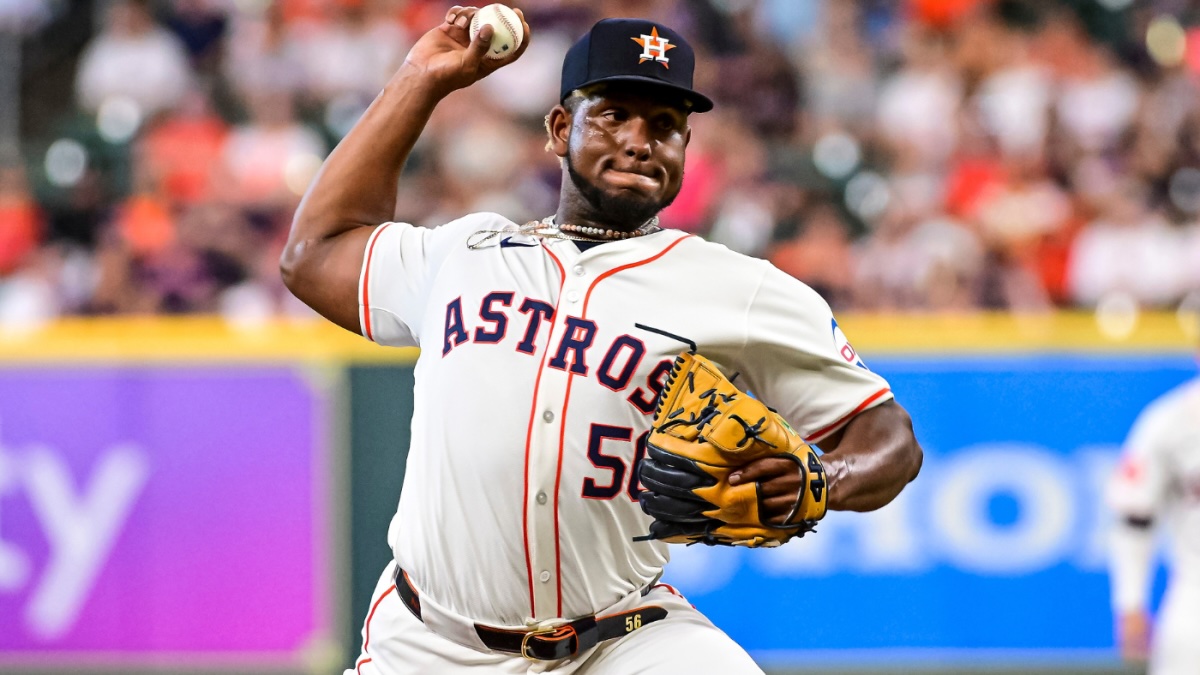
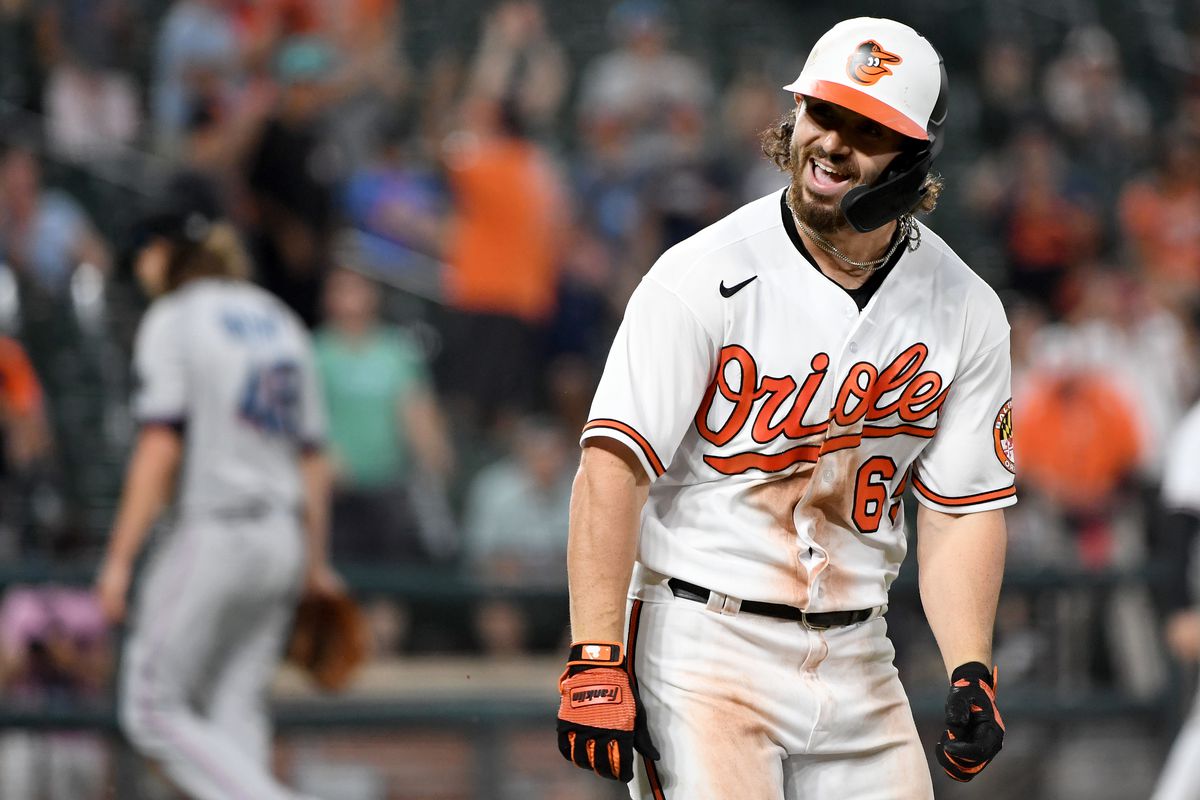

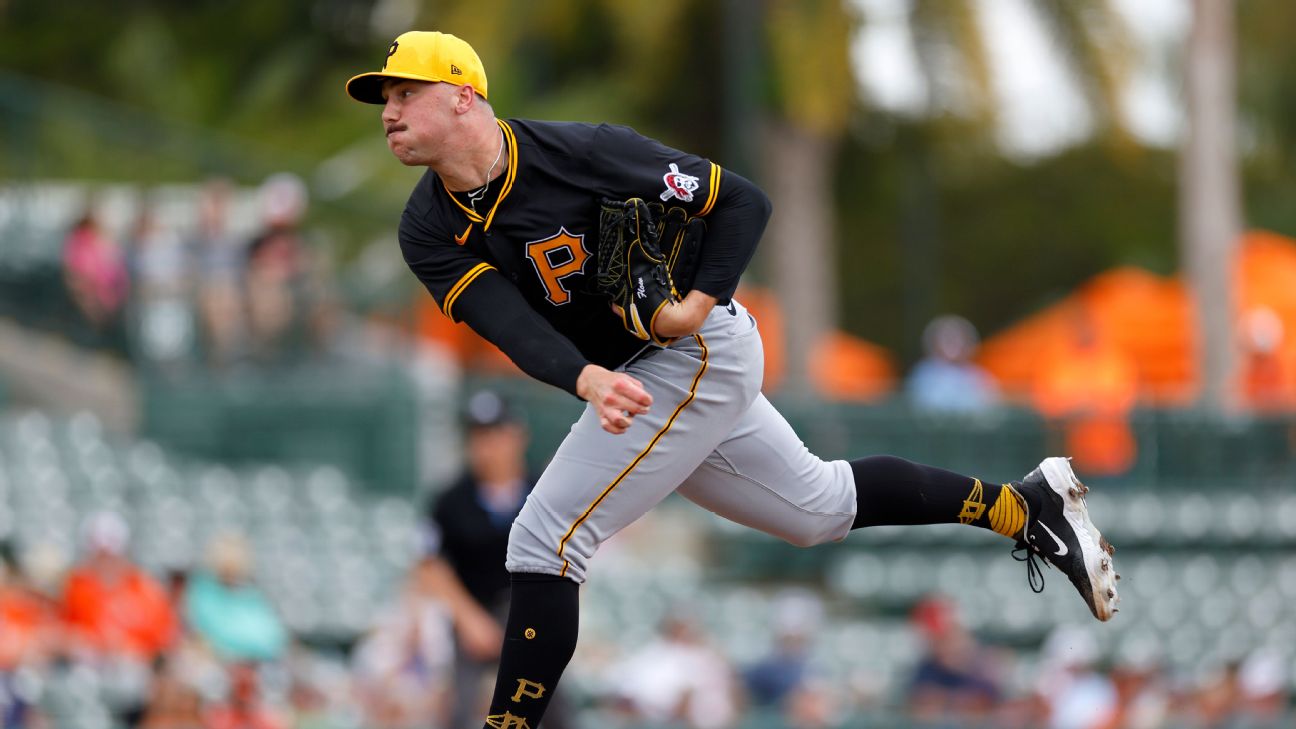
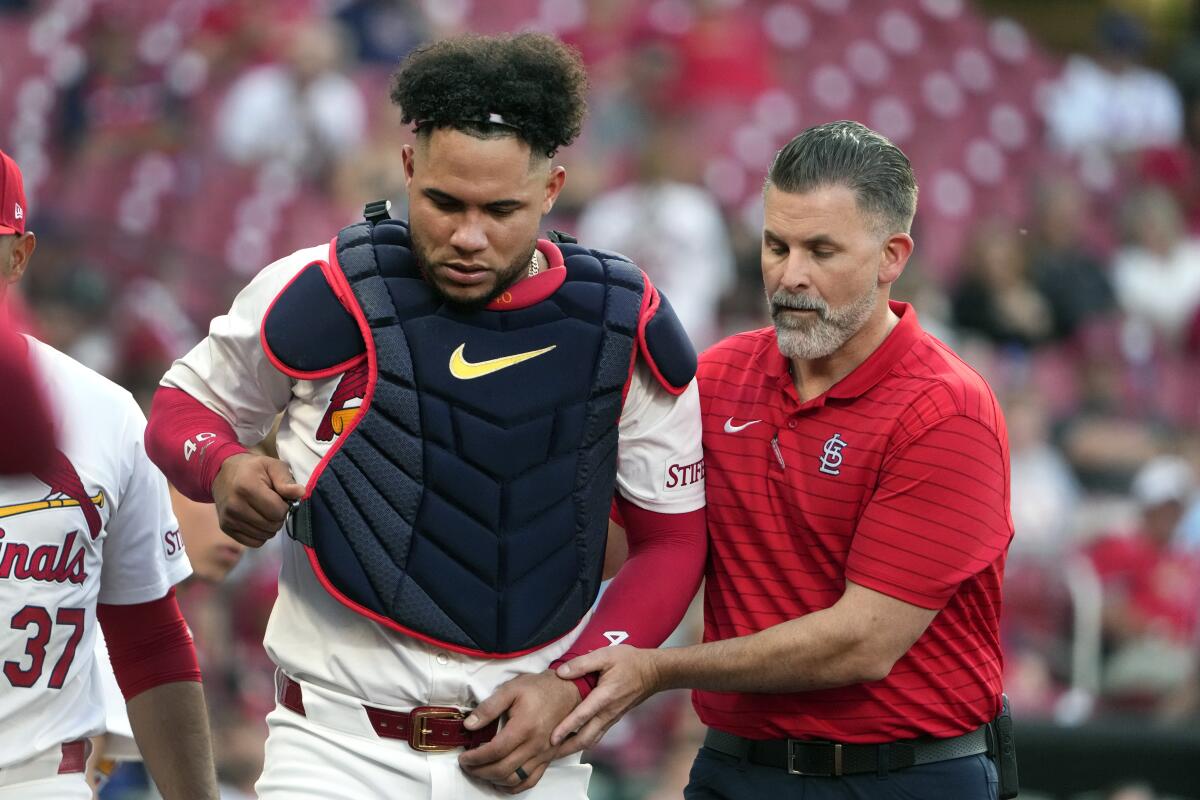
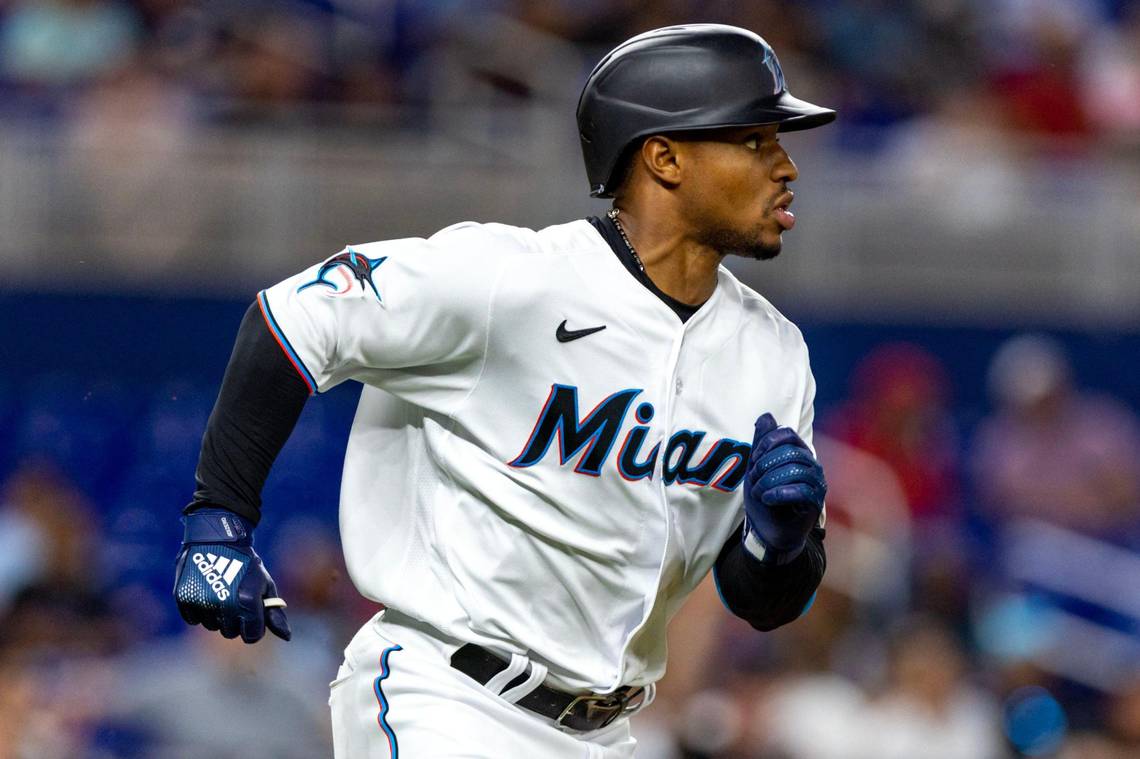
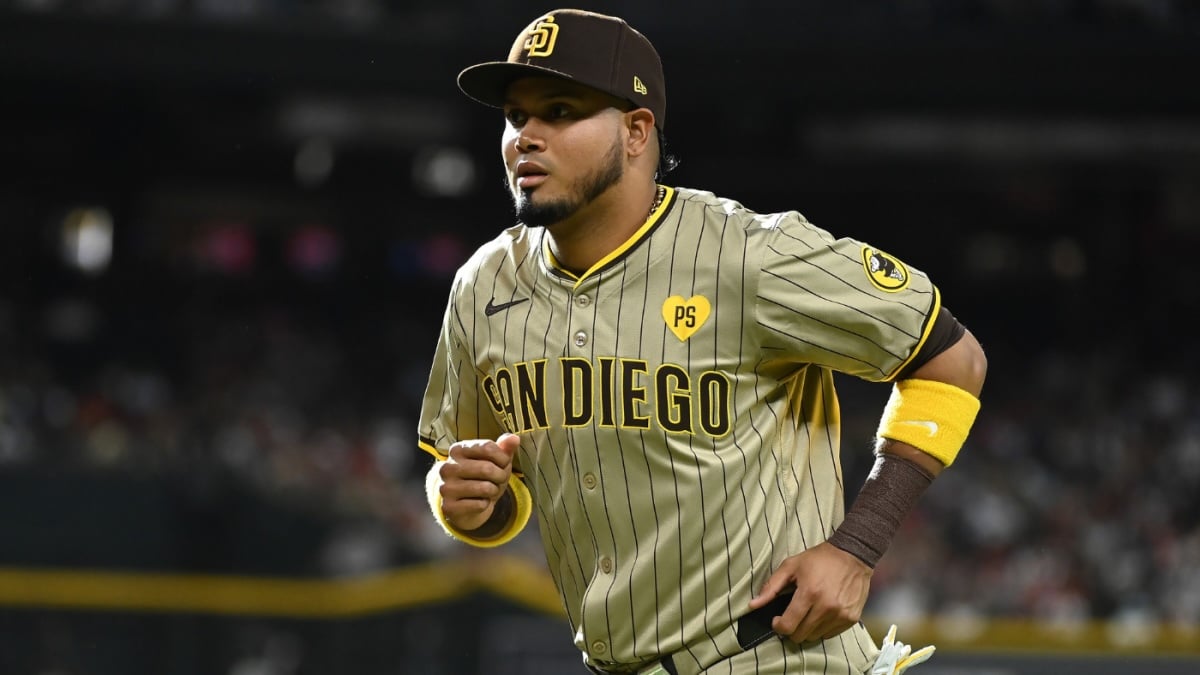
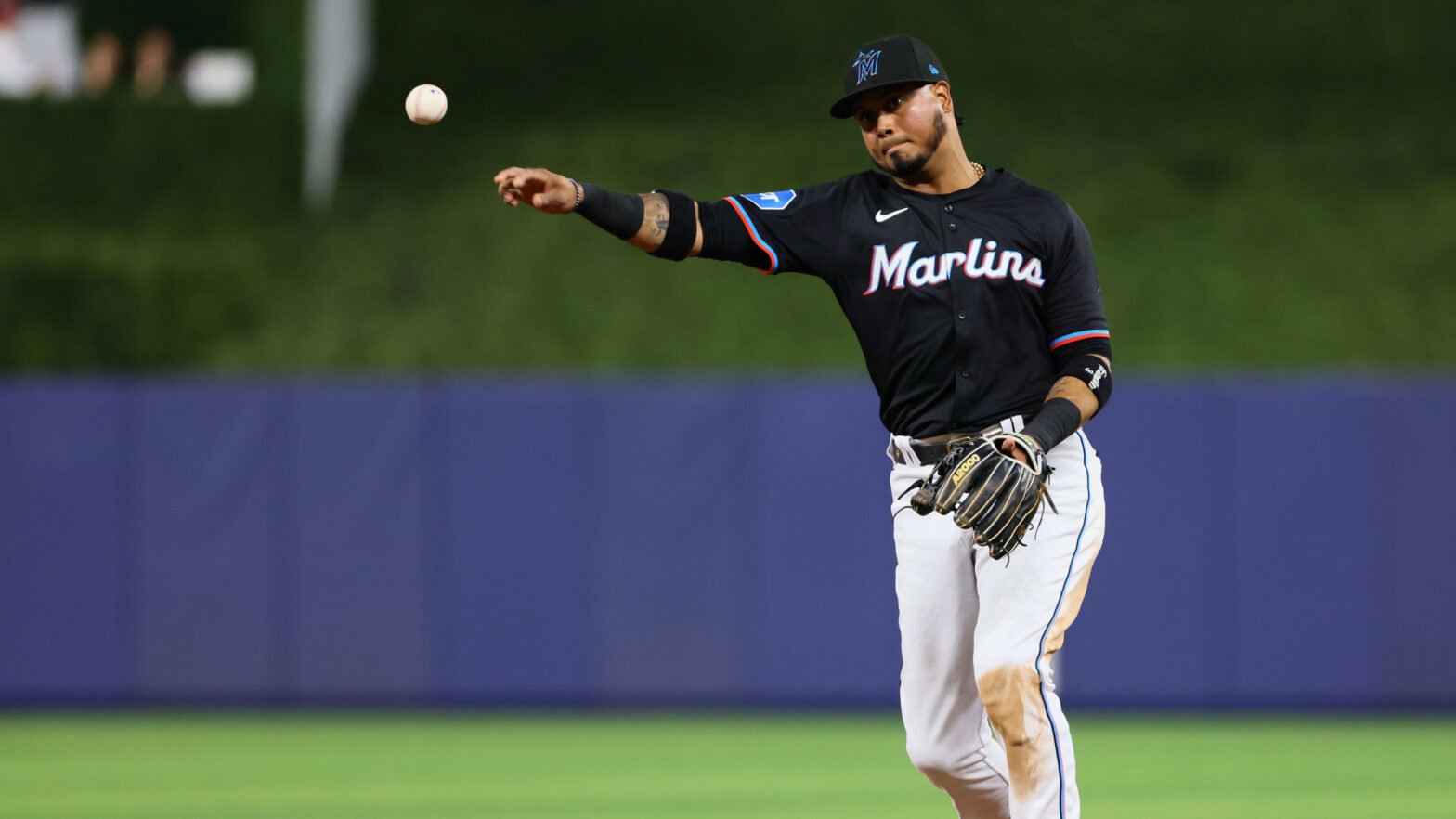
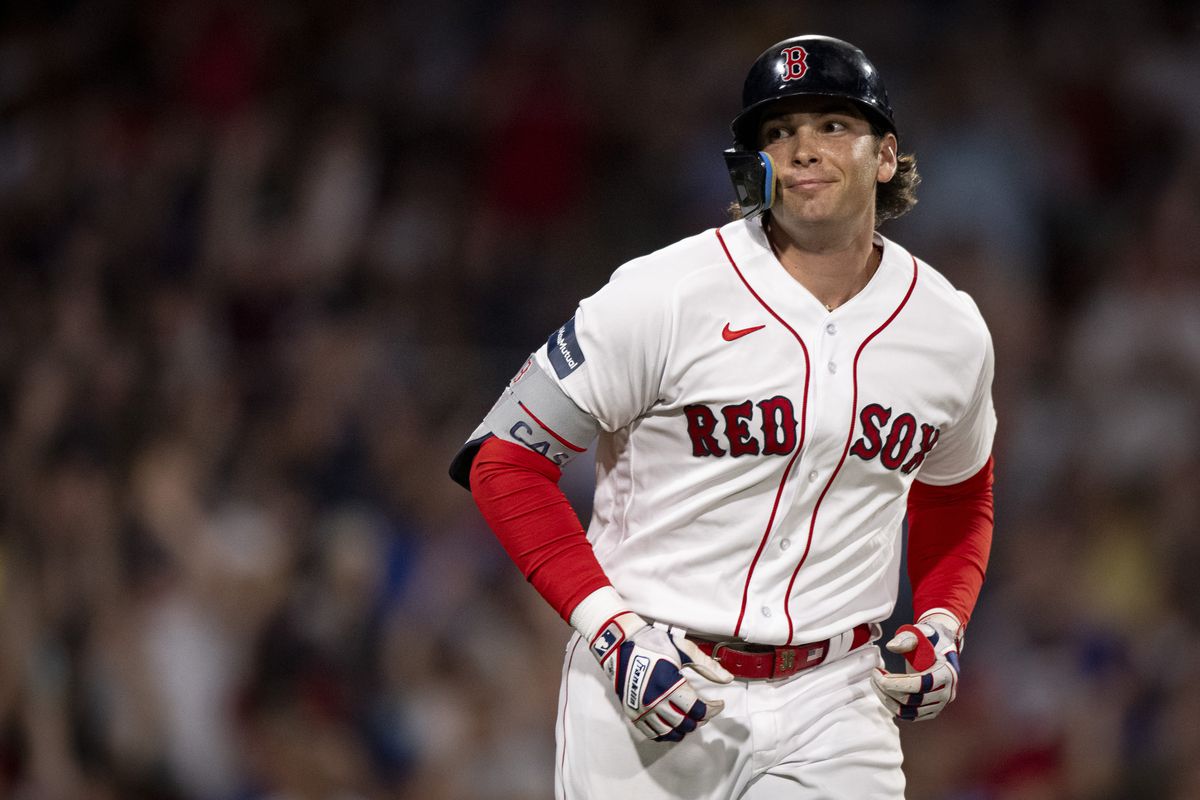
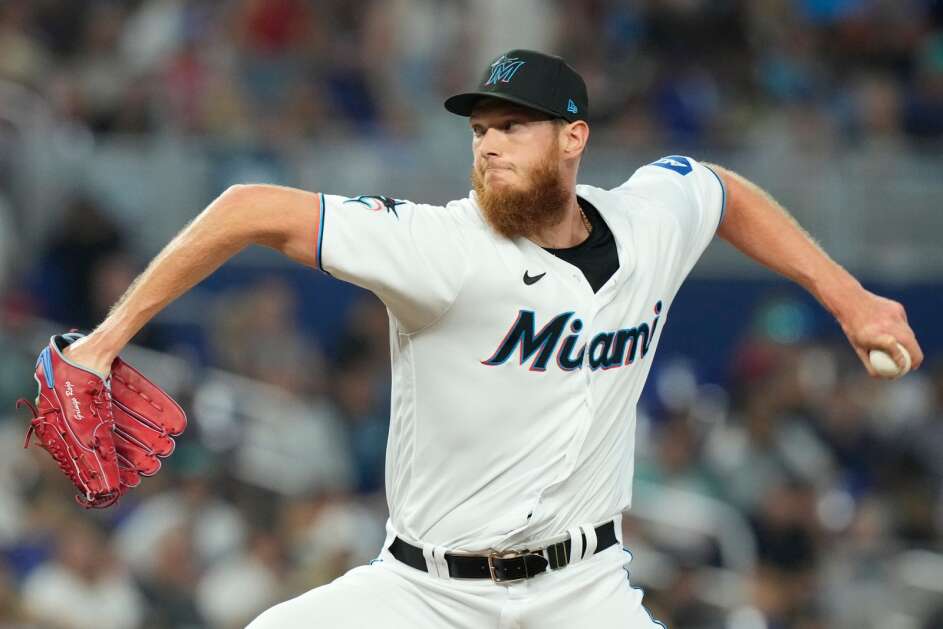
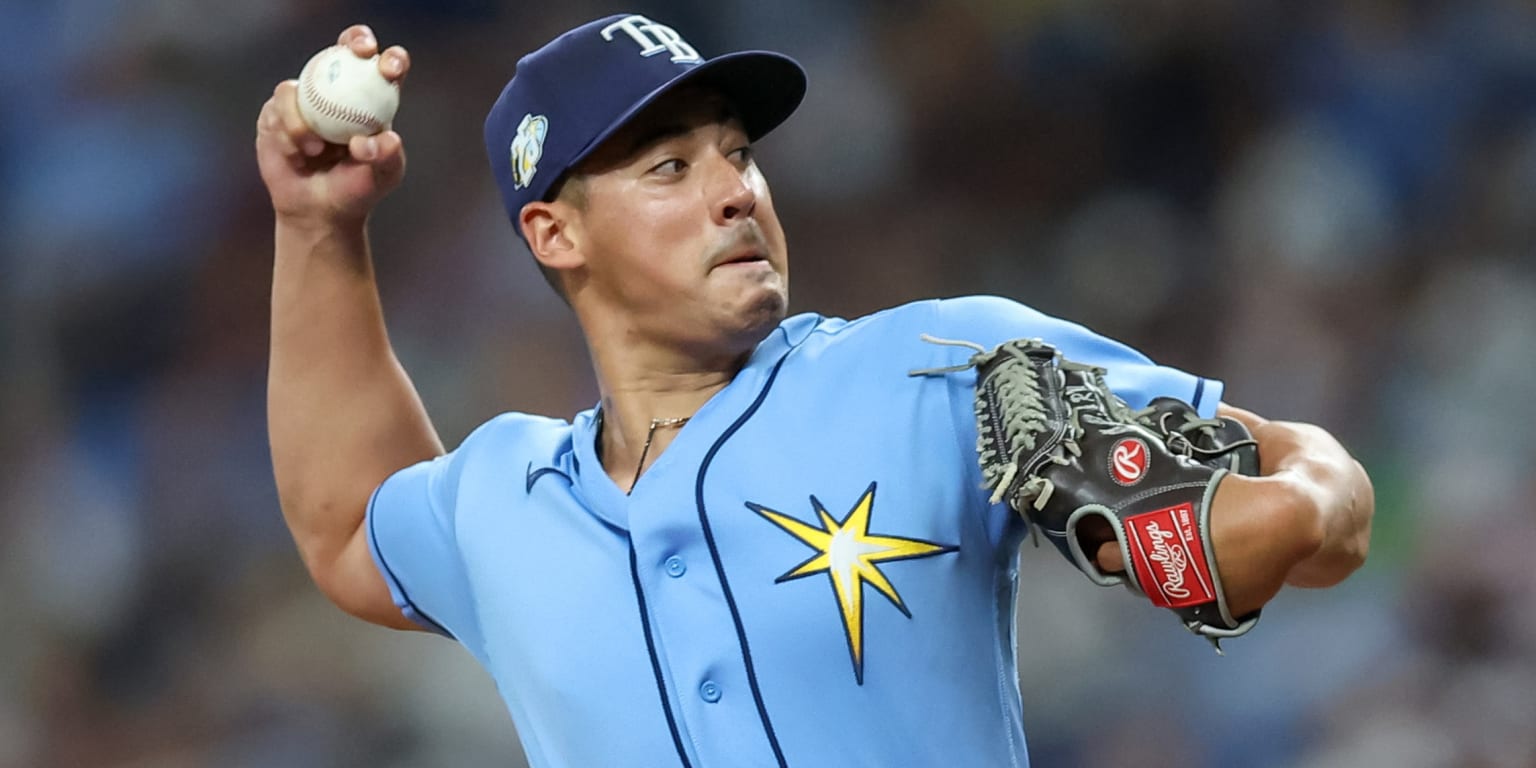
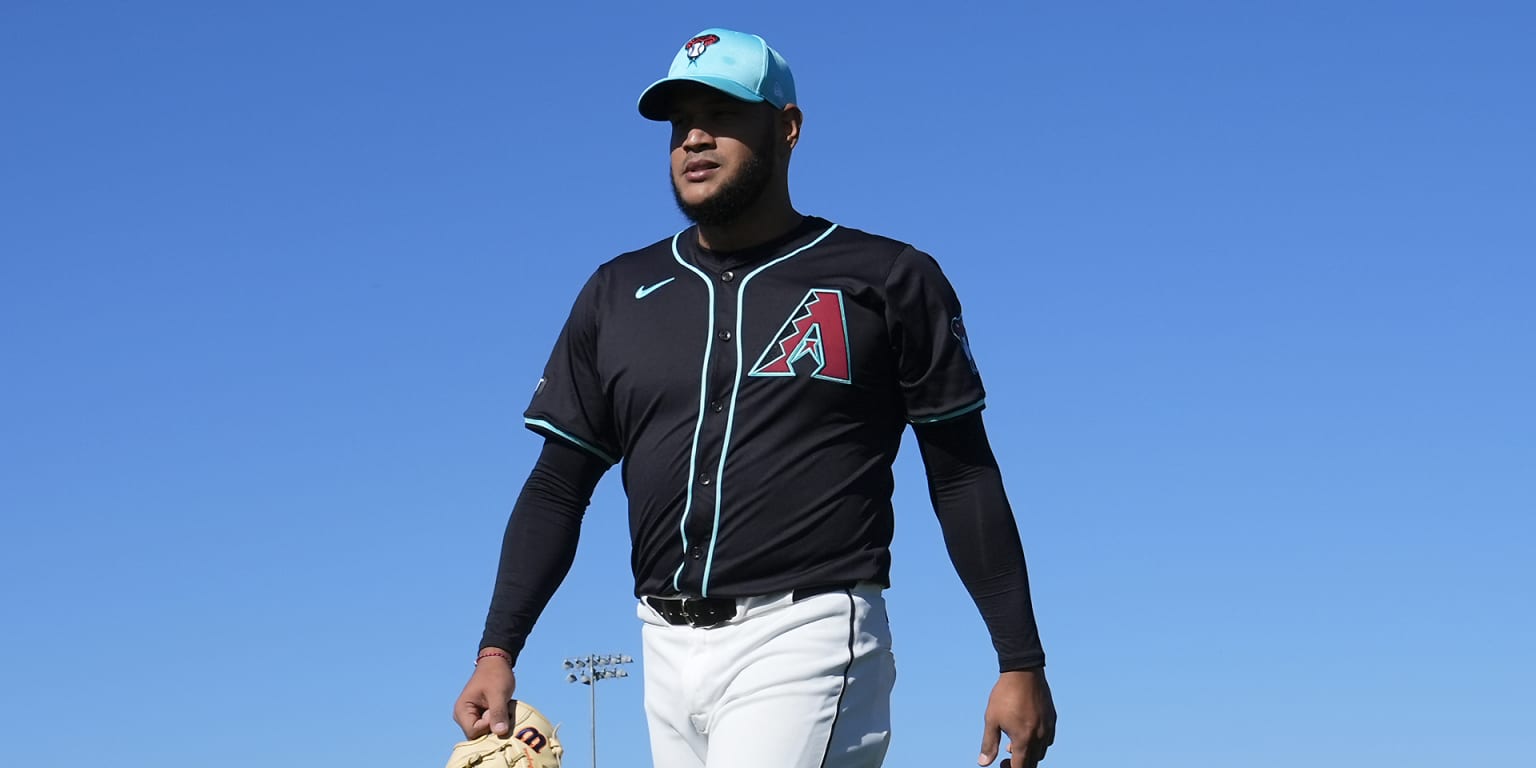
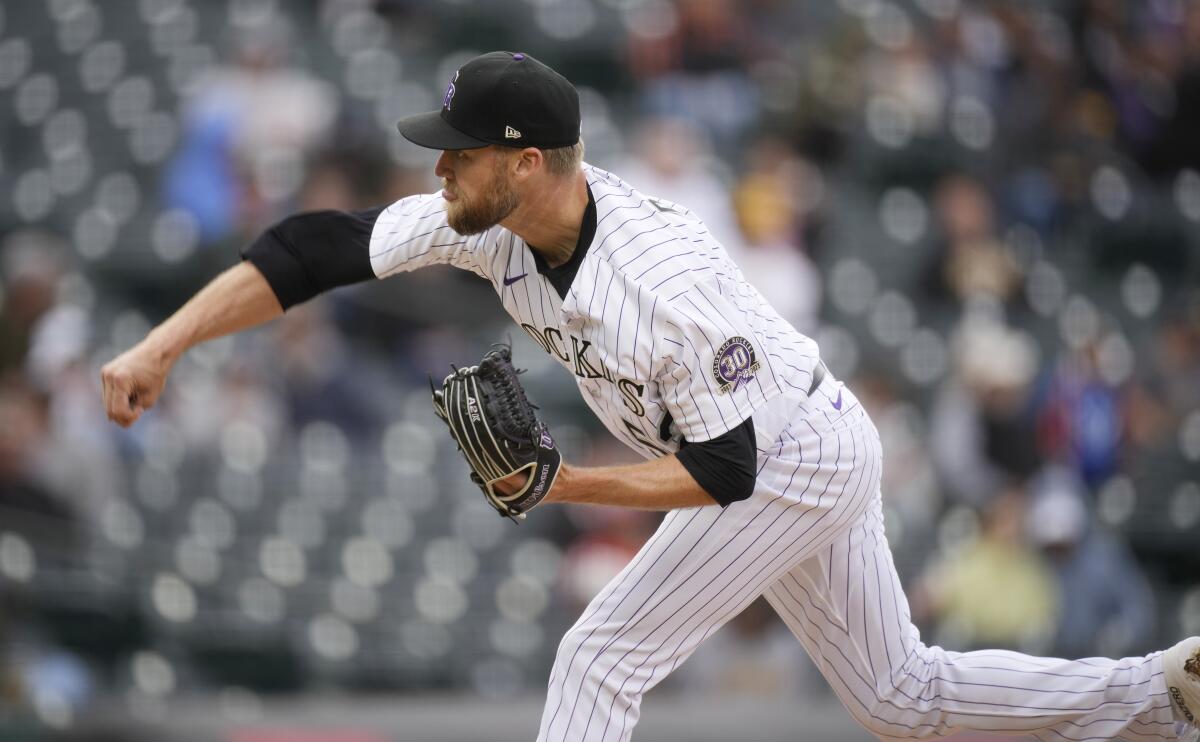
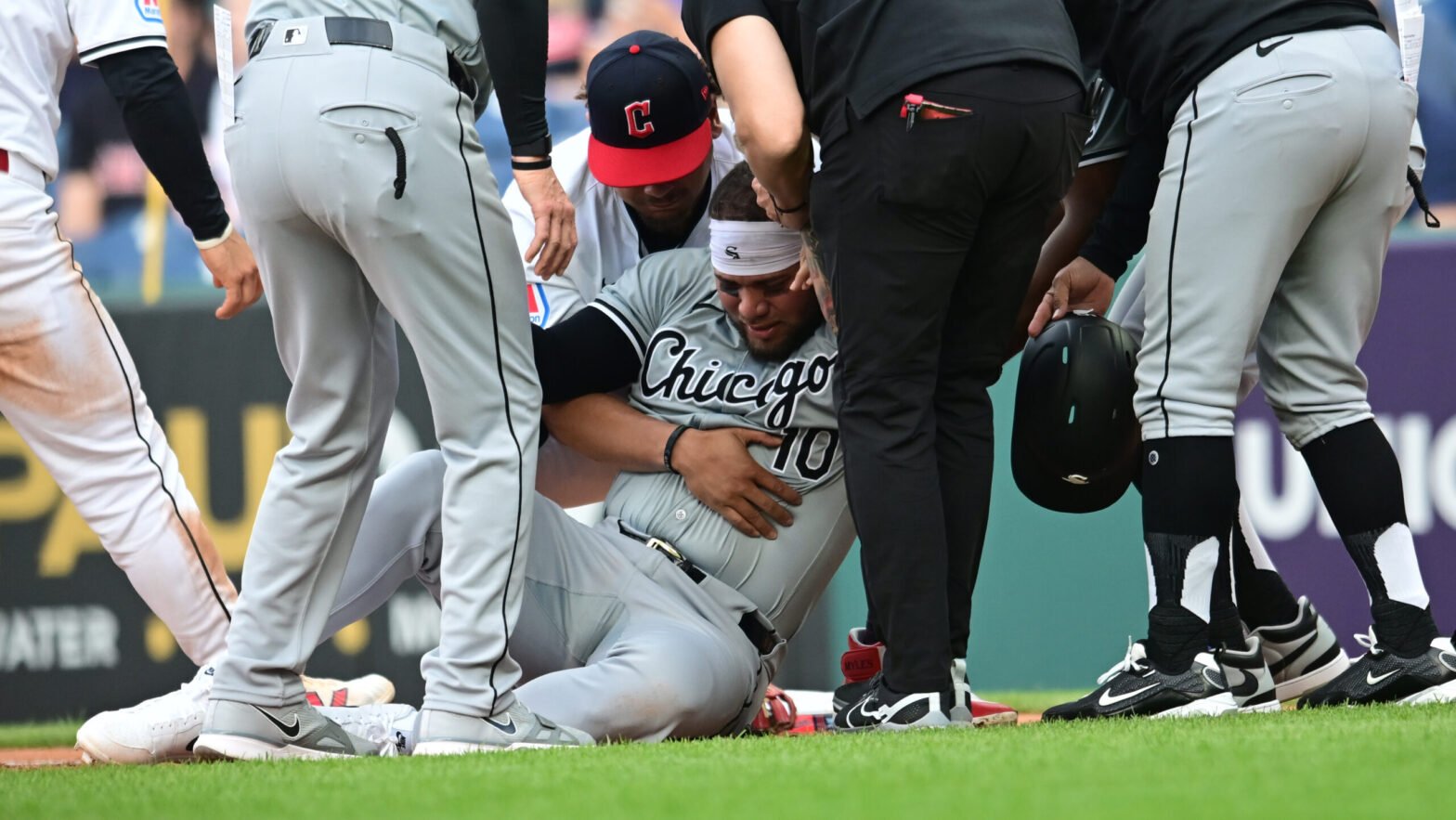
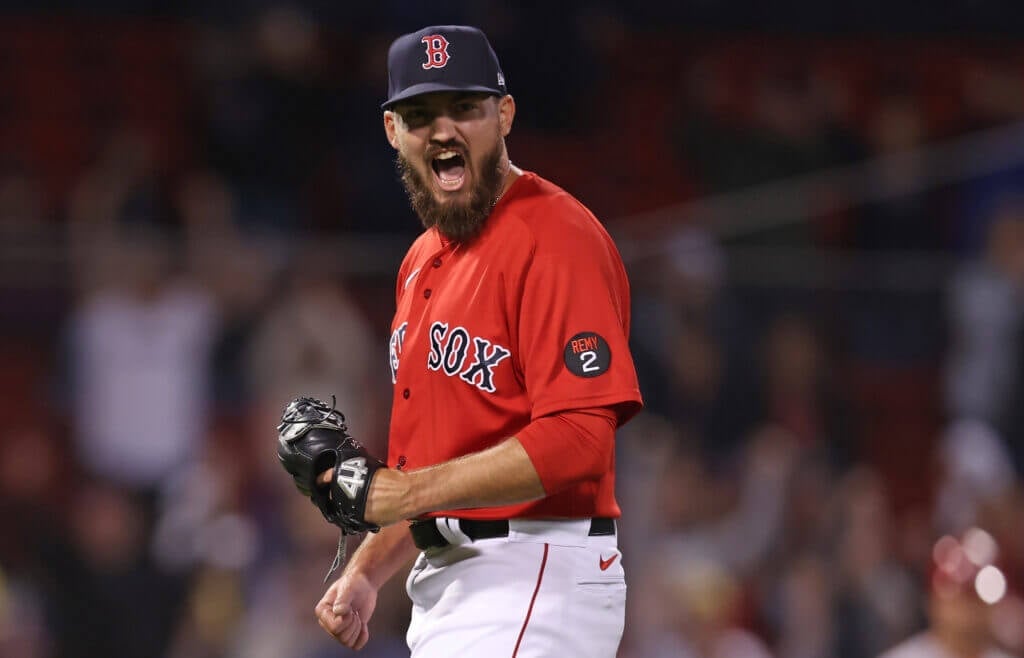
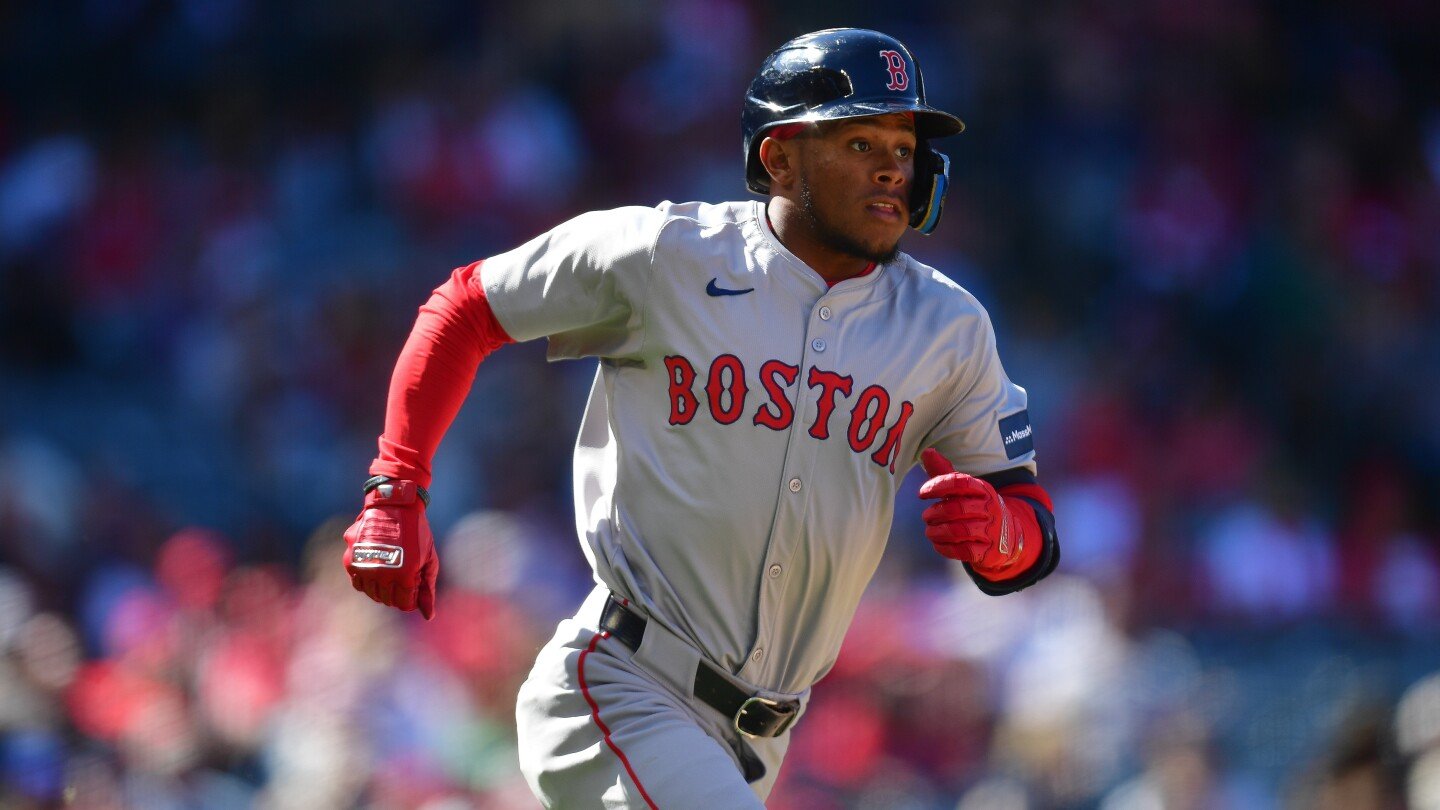
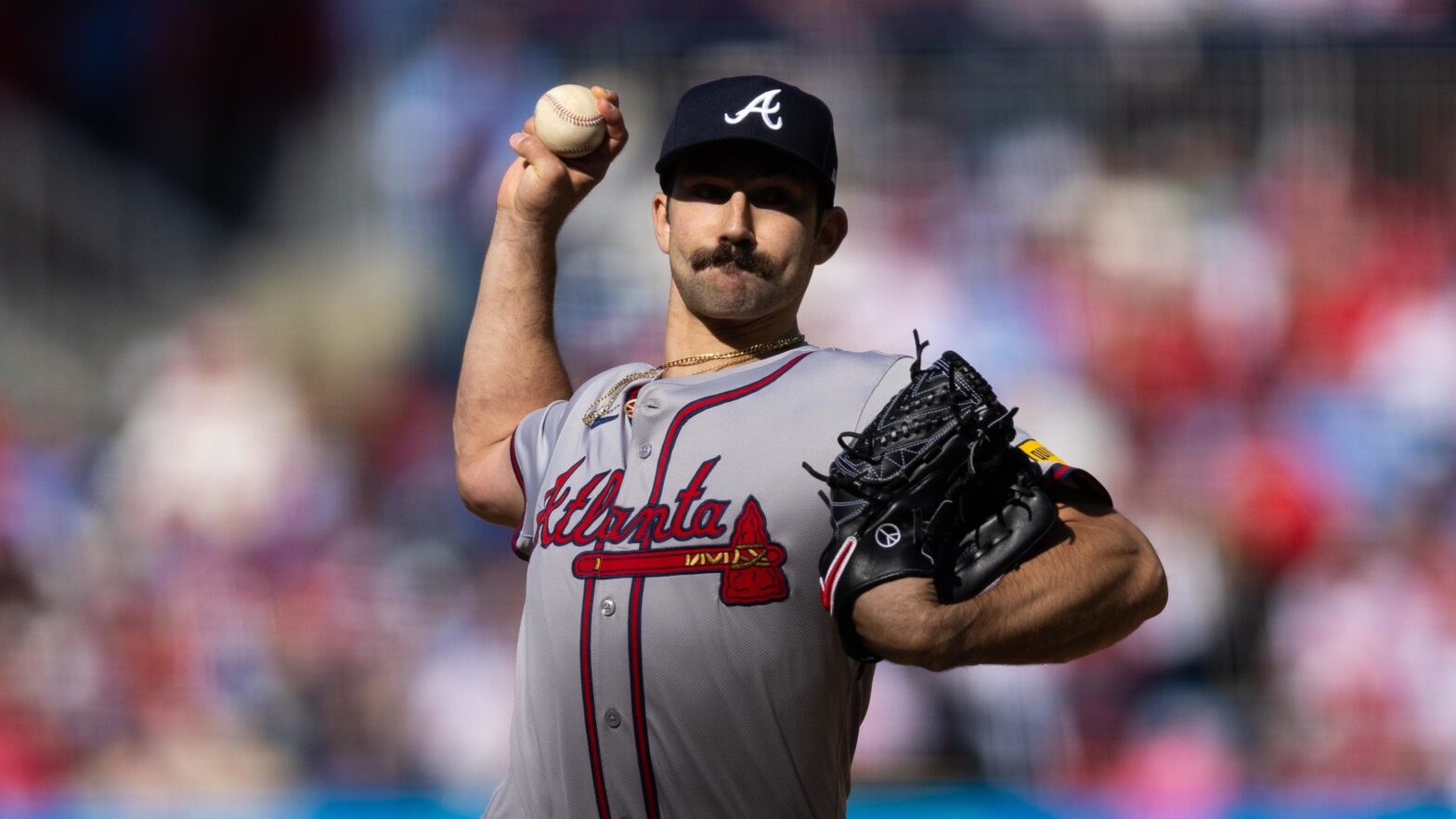
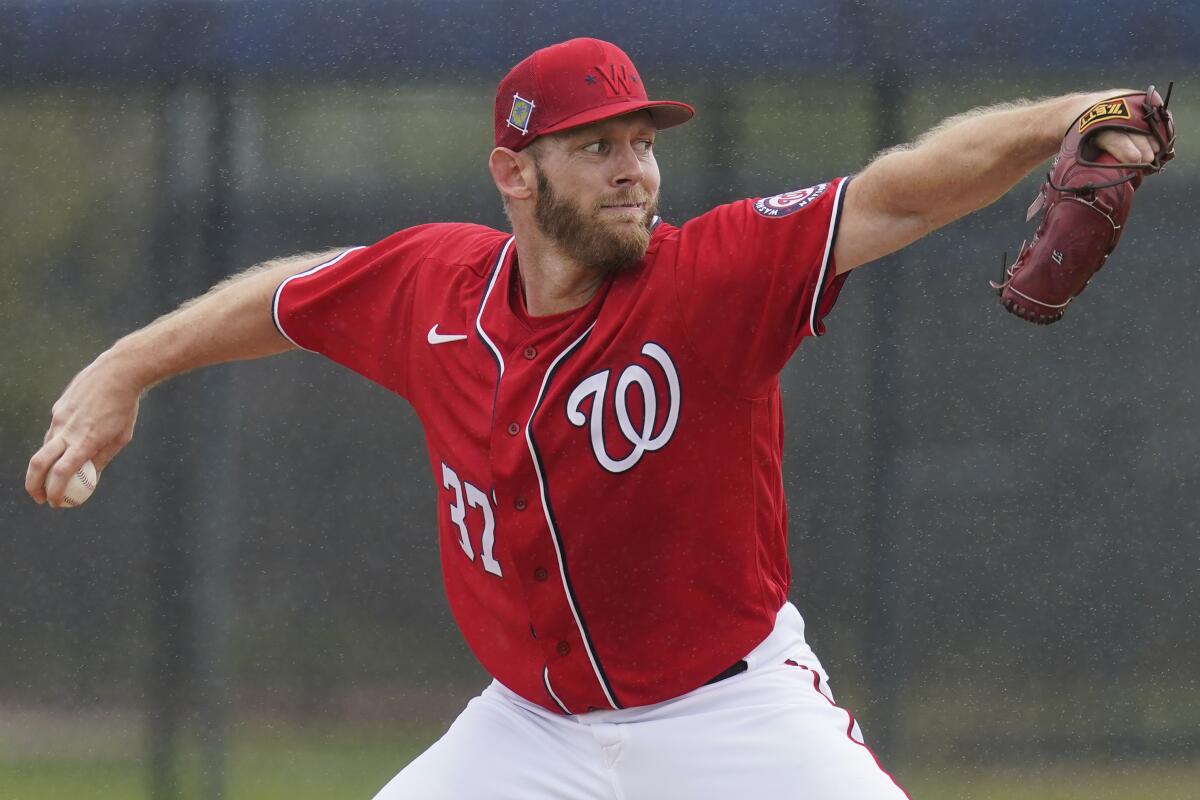
 Sign in to Pro Sports Outlook for quick and easy access to all of your favorite teams.
Sign in to Pro Sports Outlook for quick and easy access to all of your favorite teams.
 Sign up to Pro Sports Outlook for quick and easy access to all of your favorite teams.
Sign up to Pro Sports Outlook for quick and easy access to all of your favorite teams.